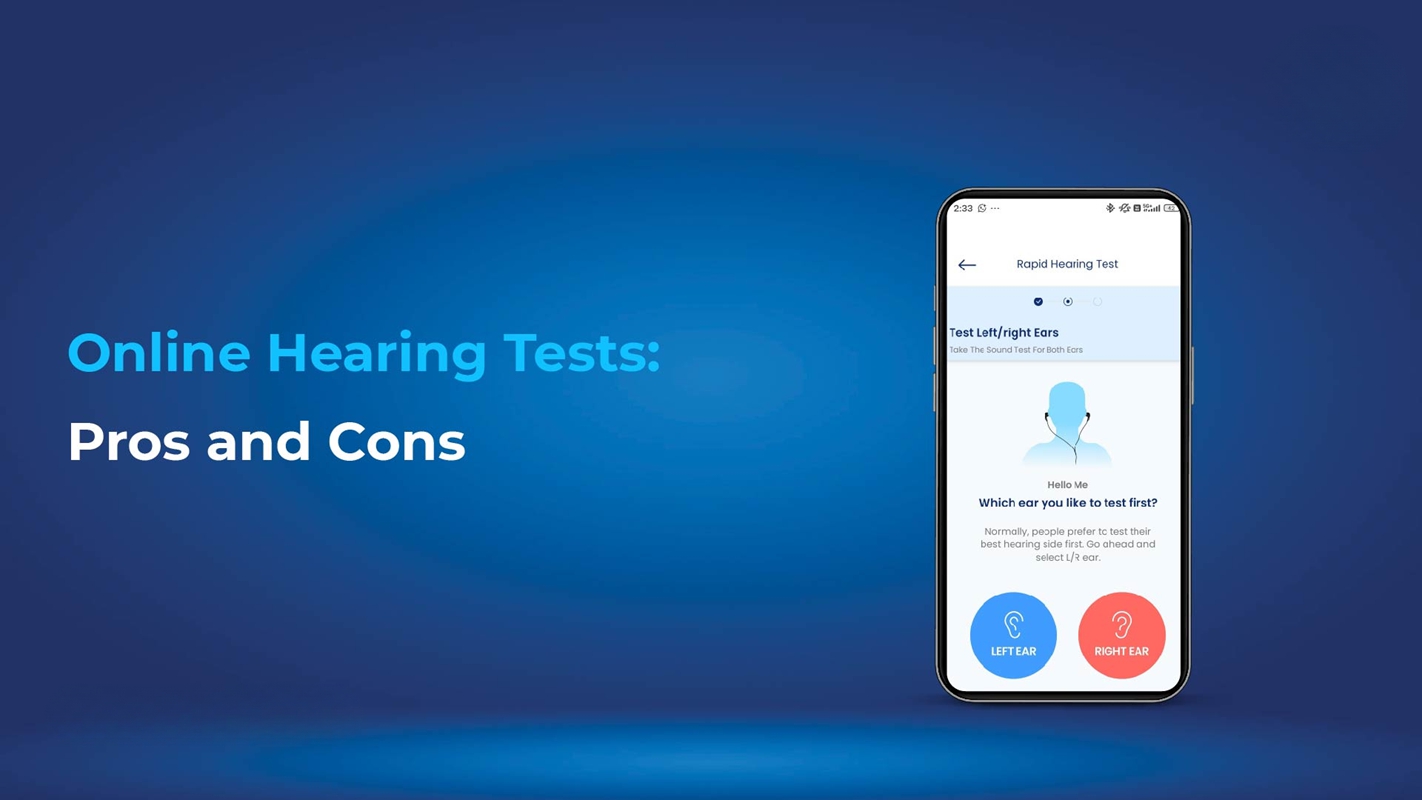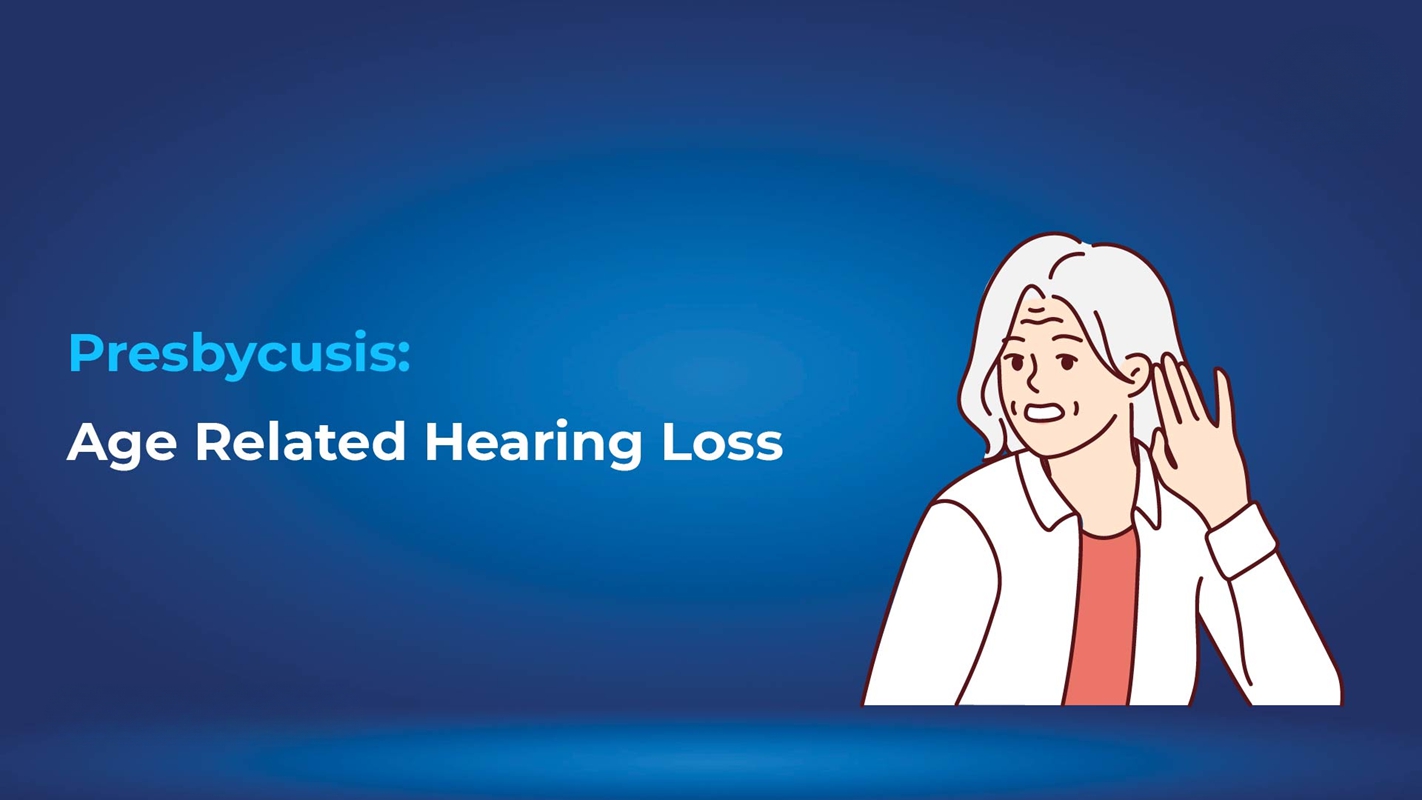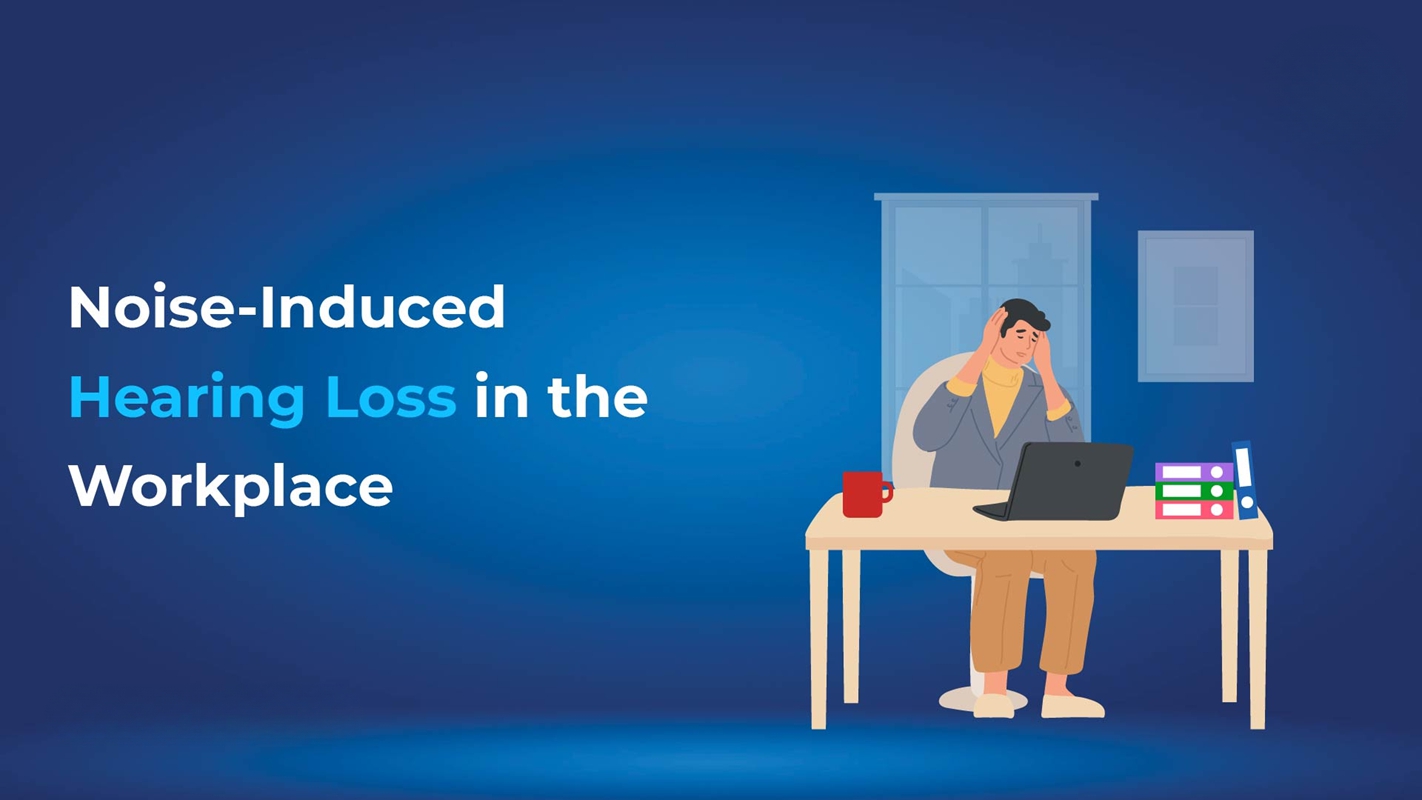Low-frequency hearing loss makes it difficult to hear deep or low-pitched sounds, such as men’s voices, distant thunder, or musical bass notes. If you often miss these sounds or struggle with conversations in noisy places, you might be experiencing this condition. Unlike high-frequency hearing loss, this type affects the lower end of the sound range. It can impact daily communication, especially when background noise is present or when others speak in deeper tones.
Understanding the symptoms, causes, and treatment of low-frequency hearing loss is crucial for early intervention and maintaining a better quality of life through targeted solutions.
Understanding Low-Frequency Hearing Loss
- Low-frequency hearing loss affects the ability to hear low-pitched sounds like deep voices and musical bass notes.
- It can make conversations, especially in noisy environments, challenging.
- This type of hearing loss is different from high-frequency hearing loss, which impacts the ability to hear higher-pitched sounds.
- Early diagnosis and treatment are key to effectively managing this condition.
How Low-Frequency Hearing Loss Differs from Others
- Low-frequency hearing loss specifically affects lower-pitched sounds, while other types may impact higher frequencies.
- It presents unique challenges in daily communication and activities.
- Recognising these differences is essential for appropriate diagnosis and treatment.
By understanding low-frequency hearing loss, individuals can better manage their condition and improve their quality of life.
Also read: How to Calculate Hearing Loss – A Step-by-Step Guide to understand how audiologists measure hearing levels and what your results mean.
Prevalence and Causes of Low-Frequency Hearing Loss
Low-frequency hearing loss is a condition that affects a significant number of individuals, impacting their ability to hear low-pitched sounds. Understanding the causes of low-frequency hearing loss and the risk factors associated with it is essential for prevention and effective management.
Common Causes of Low-Frequency Hearing Loss
Low-frequency hearing loss can be triggered by various genetic, environmental, and lifestyle factors. Understanding these causes and risk factors is essential for early detection, effective management, and prevention.
Genetic Factors
Genetics play a key role in many cases of low-frequency hearing loss. Individuals with a family history of hearing loss may inherit gene mutations that affect the inner ear’s structure or function. This type of hearing loss:
- Can be present at birth (congenital)
- May develop gradually over time
- Often requires genetic evaluation and long-term monitoring
Environmental Causes
Environmental exposure is another significant contributor. Several conditions can damage the delicate structures in the ear:
- Prolonged exposure to loud noise (e.g., construction, factories, concerts)
- Sudden exposure to explosive sounds (e.g., gunshots, blasts)
Ototoxic medications such as:
- Certain antibiotics
- Chemotherapy drugs
- Loop diuretics
- Certain antibiotics
Regular hearing assessments are important for individuals at risk due to environmental factors or medication use.
Risk Factors
Age
As we age, the structures in the inner ear naturally deteriorate a process known as presbycusis. Though high-frequency loss is more common, age-related changes can eventually impact low frequencies as well.
Exposure to Loud Noise
Repeated or continuous loud noise can injure the cochlea. Risk scenarios include:
- Listening to music at high volume with headphones
- Working in loud environments without ear protection
Prevention tip: Use earplugs or earmuffs and limit noise exposure.
Medical Conditions
Certain health issues are closely linked with low-frequency hearing loss, such as:
- Meniere’s disease – causes fluctuating hearing loss beginning with low frequencies
- Otitis media – middle ear infections that damage hearing structures
- Autoimmune diseases can affect inner ear function
Physical Trauma
Injuries to the head or ear, such as from falls, sports, or accidents, can damage internal ear structures. This trauma may result in partial or complete low-frequency hearing loss. Immediate medical evaluation is essential after such injuries.
Smoking and Cardiovascular Health
Smoking and poor cardiovascular health can reduce blood flow to the inner ear, leading to damage and hearing decline. Conditions like:
- Hypertension
- Diabetes
- Atherosclerosis
can impair ear function. Maintaining a healthy lifestyle is vital for protecting your hearing.
Ototoxic Medications
Certain prescription drugs are known to be ototoxic, meaning they can harm the inner ear. These include:
- Aminoglycoside antibiotics
- Platinum-based chemotherapy agents
- Loop diuretics
Advice: Patients on these medications should undergo routine hearing monitoring and discuss risks with their healthcare provider.
Preventing Noise-Induced Hearing Loss
To protect your ears from damage:
- Wear hearing protection in loud environments
- Limit exposure to high volumes (e.g., headphones, concerts)
- Observe workplace safety protocols
Awareness and proactive steps can significantly lower your risk of noise-related low-frequency hearing loss.
Genetic Counselling
For those with a family history of hearing loss, genetic counseling can be helpful. It may involve:
- Identifying gene mutations
- Assessing the risk of inherited hearing loss
- Planning early intervention and preventive care
Symptoms of Low-Frequency Hearing Loss
Low-frequency hearing loss can appear gradually, as sudden hearing loss, or even as fluctuating hearing loss, making early recognition of hearing loss symptoms essential.
Common Symptoms
- Difficulty hearing low-pitched sounds like deep voices, bass music, or thunder
- Muffled hearing, making speech sound unclear, especially in group settings or on phone calls
Early Signs to Watch For
- Frequently asking others to repeat themselves
- Turning up the TV or phone volume
- Struggling to hear in noisy environments
These symptoms can impact communication and quality of life. If you notice any of them—especially if there’s a sudden hearing loss—seek medical advice promptly.
Treatment for Low-Frequency Hearing Loss
Managing low-frequency hearing loss involves a mix of medical treatment and daily strategies.
Treatment Options
- Hearing aids designed to amplify low-pitched sounds
- Cochlear implants or surgical options for severe cases
- Regular audiologist visits to adjust treatment plans
Management Strategies
- Use visual cues and lip reading during conversations
- Minimise background noise in communication settings
- Avoid loud noise exposure and schedule routine hearing tests
These treatments and habits can significantly improve hearing and overall quality of life.
Living with Low-Frequency Hearing Loss
Living with low-frequency hearing loss requires adopting effective strategies and utilising available resources to improve daily communication and overall well-being.
- Daily Life Tips: To manage low-frequency and fluctuating hearing loss, use simple strategies like facing the speaker, reducing background noise, and encouraging clear speech. Assistive tools such as hearing aids and personal amplifiers can also improve daily communication.
- Support Resources: Join hearing loss communities for emotional and practical support. Regular check-ups with audiologists ensure proper care, especially for those with fluctuating hearing loss, and provide access to the latest treatments and devices.
By integrating these tips and resources, those with low-frequency hearing loss can navigate daily life more effectively and maintain a higher quality of life.
Conclusion
Living with low-frequency hearing loss presents unique challenges, but with the right strategies and resources, individuals can effectively manage their condition. Recognising the symptoms early, seeking a timely diagnosis, and exploring various treatment options are crucial steps. Implementing daily communication strategies and using assistive devices can significantly improve hearing and overall quality of life. Additionally, joining support communities and consulting professionals regularly can provide essential guidance and support. By understanding and addressing low-frequency hearing loss, individuals can lead more fulfilling and connected lives.
















